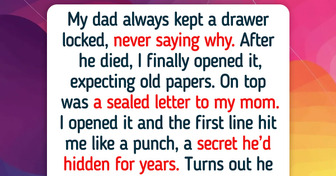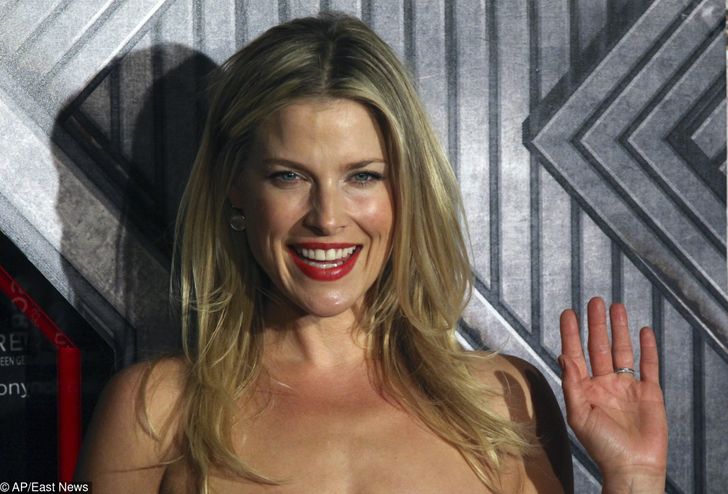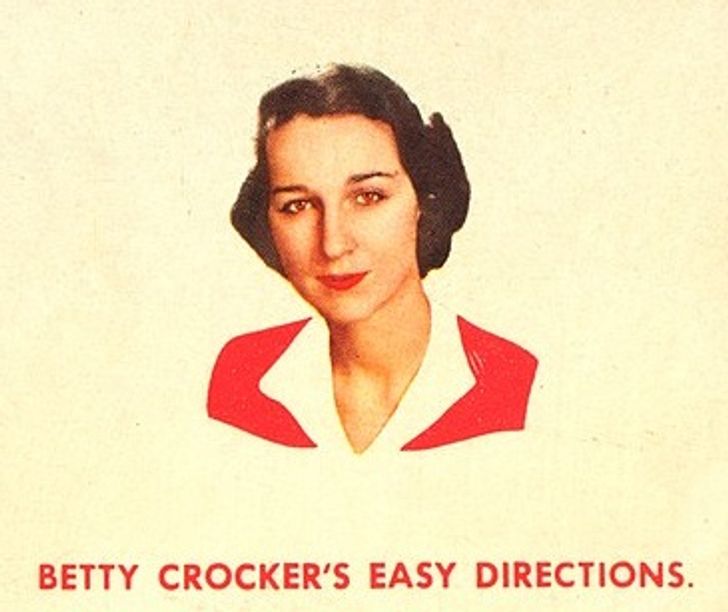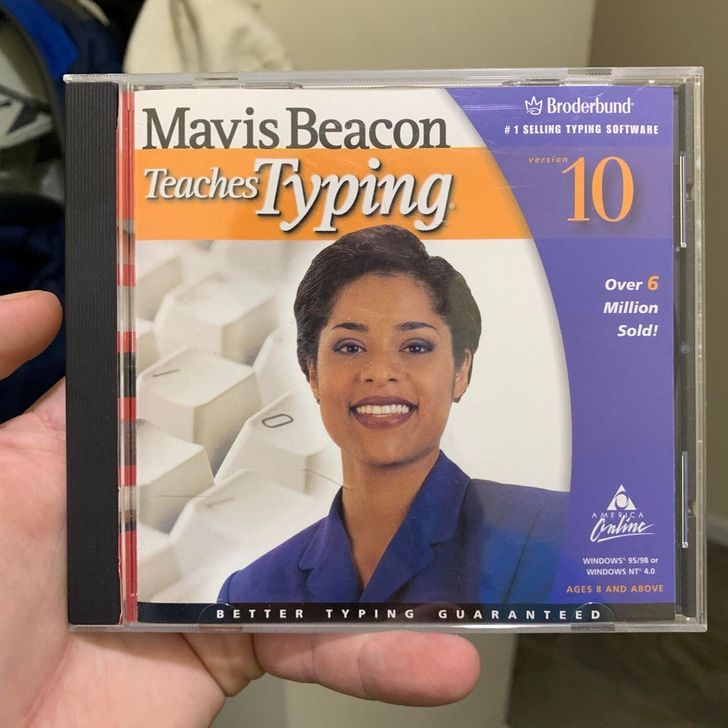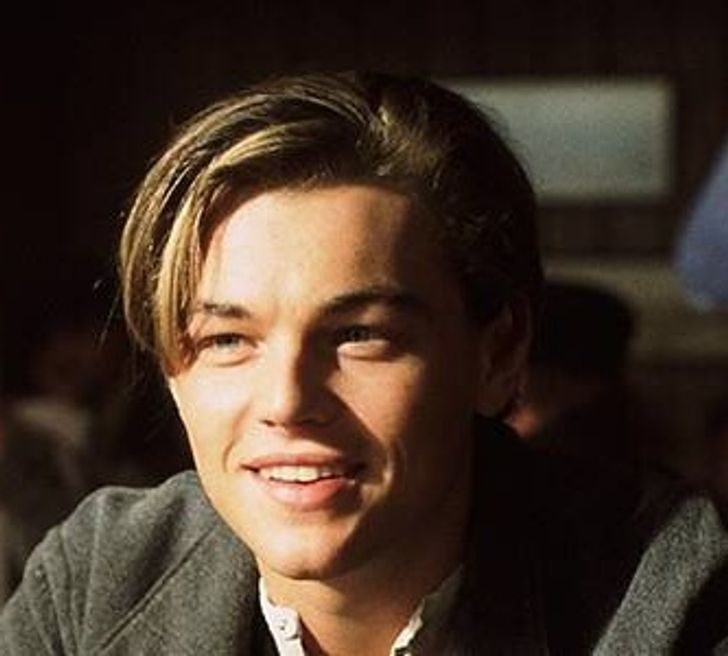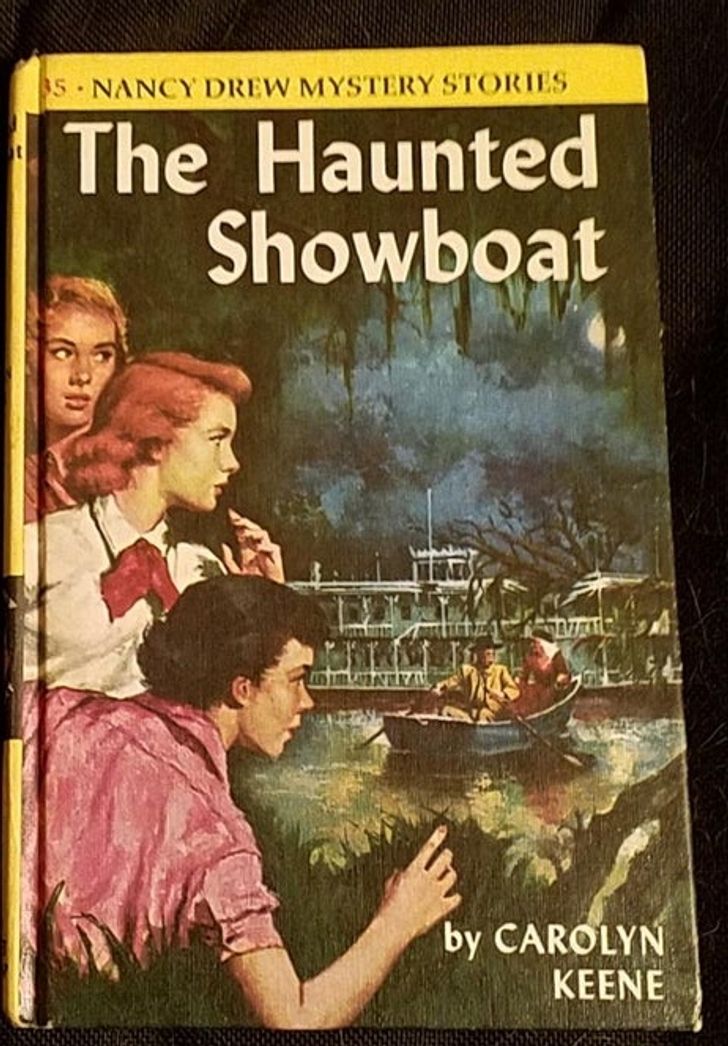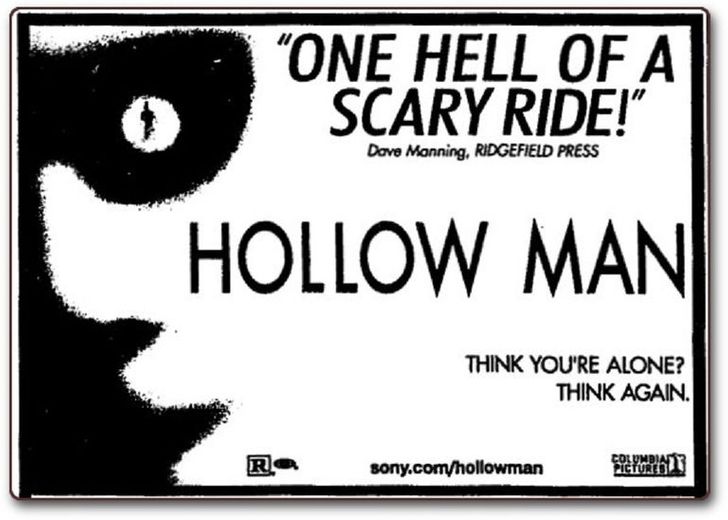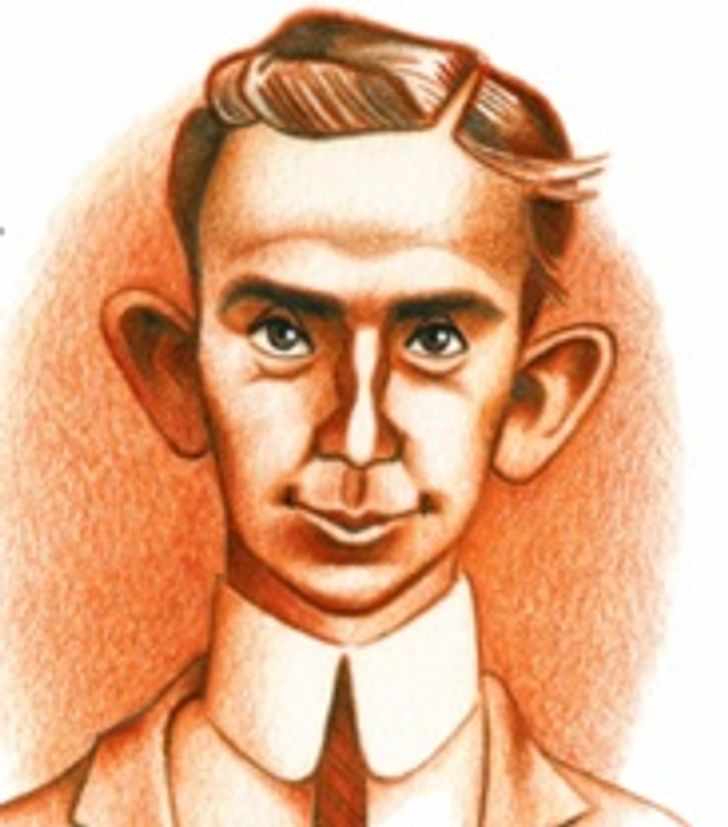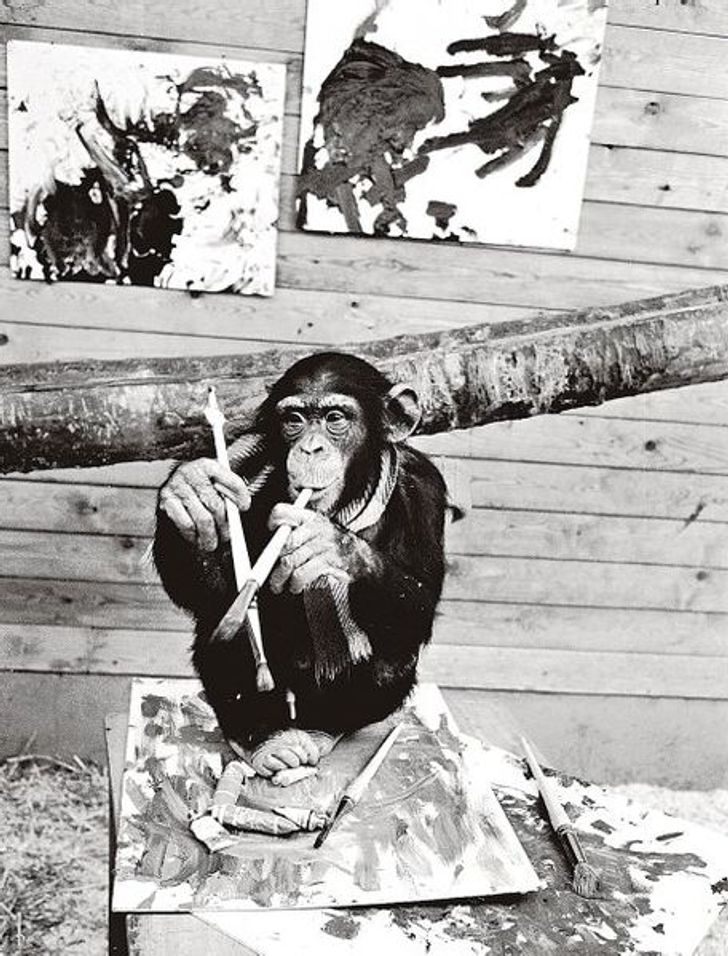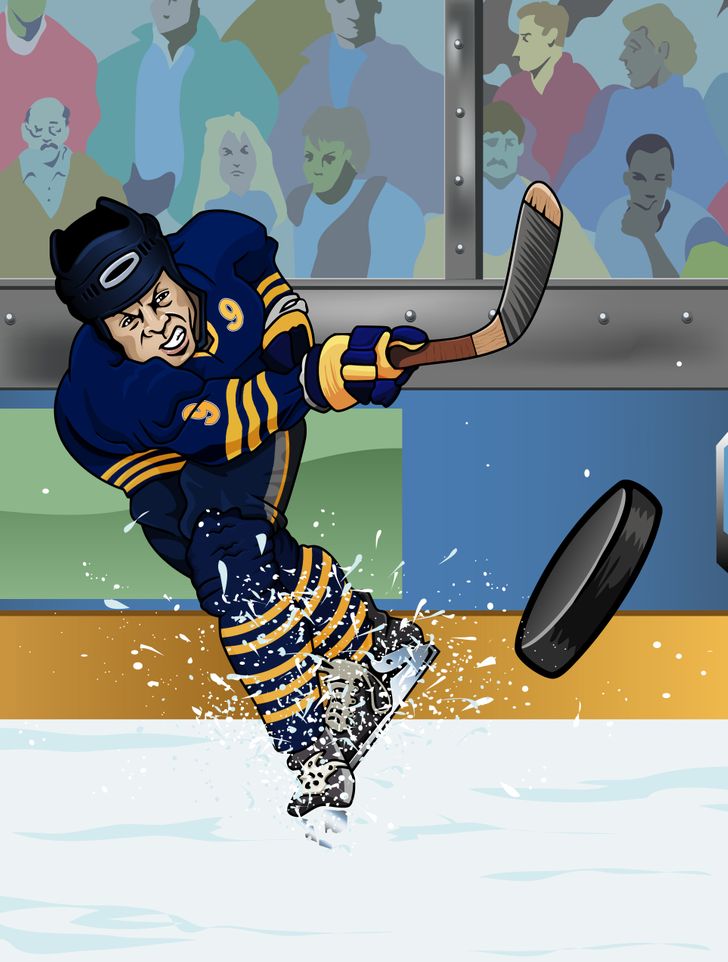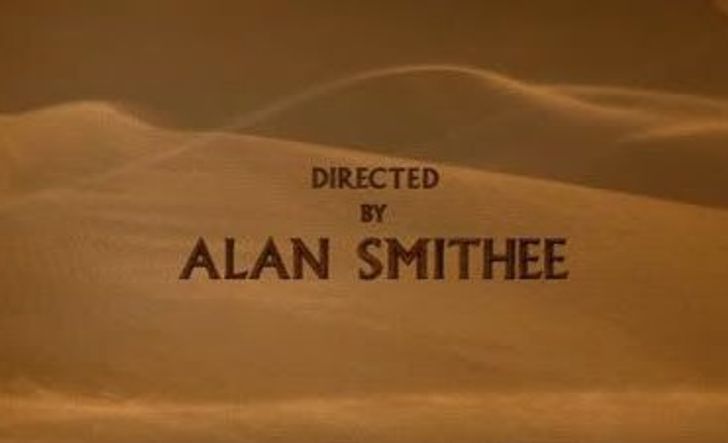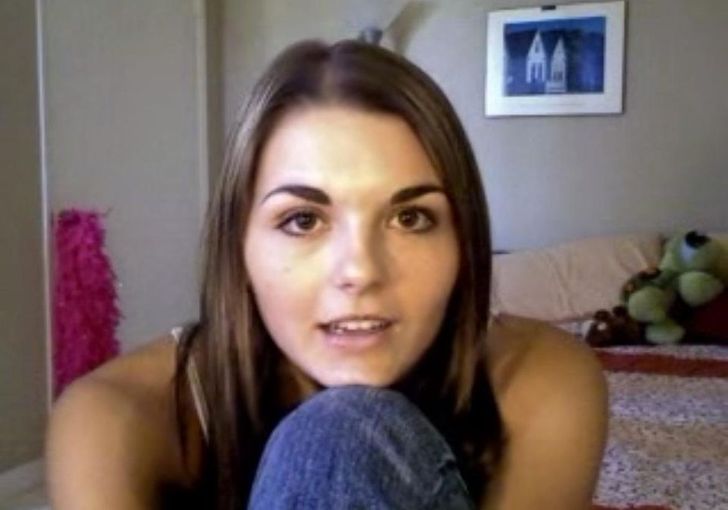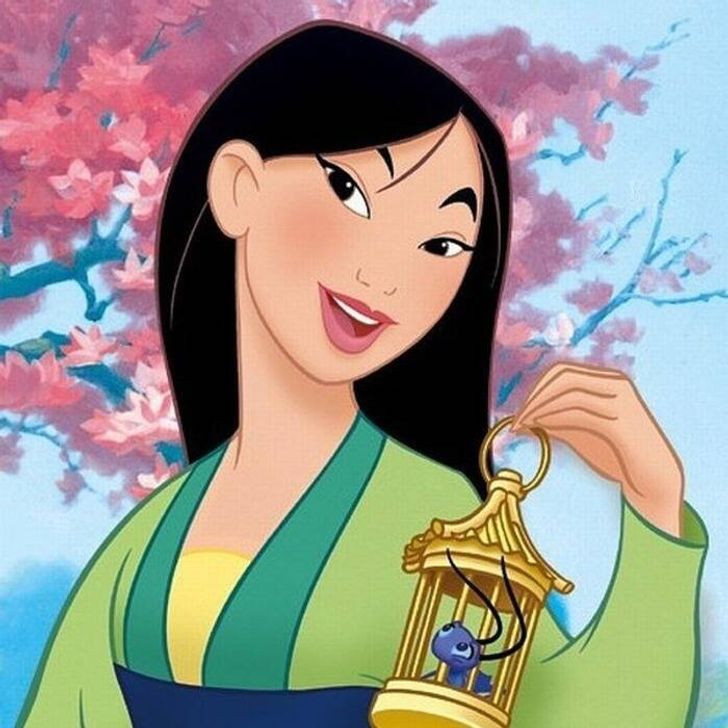I guess I'm too young, because I actually don't even know about any of these people, expect Mulan ?
15 Famous People Who Don’t Actually Exist
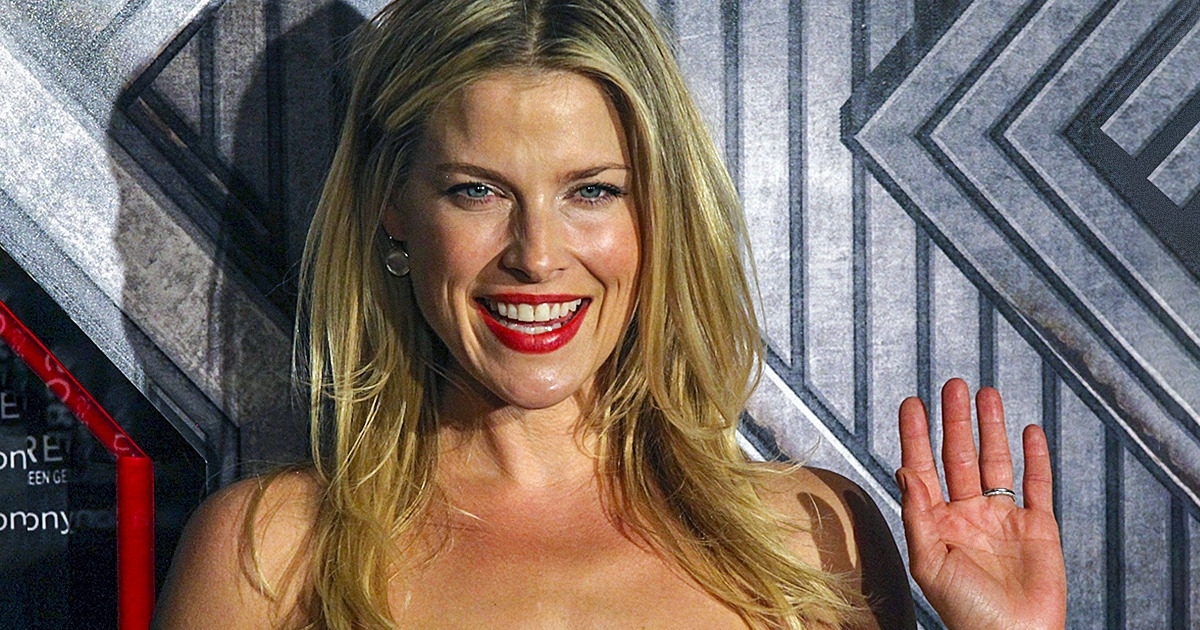
Famous figures can be real or fictional, but some of these characters are believed to be actual human beings when in truth, they’re not. For example, Betty Crocker has been with you in the kitchen with her face on that box of cake mix but the lady isn’t actually real. There are many more instances of famous people who were thought to exist but are simply works of fiction.
Bright Side has explored the stories of well-known characters that were thought to be real. At the end of the article, there’s a bonus section about a character in one of your favorite Disney stories.
1. Allegra Coleman
Writer Martha Sherill created a fictional celebrity named Allegra Coleman for Esquire (November 1996) and the magazine featured Ali Larter as the model for the character. Good news for Ali Larter is that this incident actually helped jump-start her acting career as she nabbed roles in TV shows and movies such as Heroes and Legally Blonde.
2. Betty Crocker
Betty Crocker is a famous household brand whose face has appeared in advertising campaigns for food and recipes for so many years that it’s hard to believe she’s just a fictional character. She has been portrayed by several actresses such as Marjorie Husted and Adelaide Hawley Cumming.
3. Mavis Beacon
If you lived through the ’90s, you might be familiar with Mavis Beacon as the woman who taught you how to type. Haitian-born Renée L’Espérance was the model for the software Mavis Beacon Teaches Typing. The name is a combination of Mavis Staples (one of the software developer’s favorite singers) and the word beacon.
4. Jack Dawson
While the story of the RMS Titanic, a British passenger liner sinking in the North Atlantic Ocean was a true story, the young Jack Dawson portrayed by Leonardo DiCaprio was merely a made-up character written by James Cameron.
5. Kaycee Nicole Swenson
Kaycee was one of the earliest internet-famous people in the early 2000s. Her online diary about her struggles with leukemia won the sympathy of many for 2 years before her reported death in 2001. When Kaycee’s mother, Debbie Swenson, flat-out refused gifts of condolences, people investigated more into Kaycee’s life. Debbie revealed that Kaycee was a character she created after her cover was blown.
6. Carolyn Keene
The Nancy Drew series consisted of popular mystery books written by Carolyn Keene. But the truth is, there was no one by that name. Carolyn Keene is actually a pseudonym for authors hired to write the Nancy Drew and The Dana Girl mystery stories by Stratemeyer Syndicate.
7. David Manning
David Manning’s reviews for movies like Hollow Man and A Knight’s Tale have been seen in countless commercials and other promotional material for Columbia Pictures. The movie critic is actually a fake person created to give good reviews for the company.
8. George P. Burdell
When William Edgar Smith received 2 Georgia Tech enrolment forms by mistake, he enrolled a fictitious student named George P. Burdell as a practical joke. He even signed Burdell up for all the same classes he had and took tests twice. The fake student received his degrees from Georgia Tech. A lot of people kept the joke alive and today, Burdell is a campus icon and there’s even a store at Georgie Tech’s student center called “Burdell”.
9. Spinal Tap
Spinal Tap is a fictional heavy metal band created by 3 comedians for a sketch which featured a mock promotional video for the song, “Rock and Roll Nightmare”. This Is Spinal Tap, a mockumentary movie (fictional events shown as a documentary), was created afterward.
10. Pierre Brassau
Painter Pierre Brassau was a creation of Åke “Dacke” Axelsson, a journalist who wanted to test whether critics could tell the difference between true art and the work of a chimpanzee. He persuaded the keeper of Peter, the then 4-year-old chimpanzee, to let the primate paint and exhibited his best works in a gallery. Only one critic observed that “only an ape could have done this” while most people praised the art.
11. Juan Valdez
The Colombian coffee farmer in the advertisements for the National Federation of Coffee Growers of Colombia is a fictional character that has been portrayed by 3 different actors since 1959.
12. Taro Tsujimoto
Frustrated with the slow drafting process via telephone, Punch Imlach, the manager of Buffalo Sabres (professional ice hockey team), enlisted PR Director Paul Wieland to create a fictional player. The character became an inside joke for Sabres’ fans who would chant, “We Want Taro” when the games became one-sided.
13. Shudu Gram
Shudu, the Instagram model, gained a following because of her otherworldly beauty but little did most of the followers know, the model was actually a CGI creation by a British photographer Cameron-James Wilson. She even did advertising work for Fenty Beauty and Soul Sky brands.
14. Alan Smithee
Alan Smithee is not a real movie director, but rather, an official name directors use when they do not want to credit movies under their own names. The members of the Directors Guild of America (DGA) would need to prove to the guild panel that they were not able to exercise creative control over the film before they could use the name.
15. Lonelygirl15
One of the earliest vlogs on Youtube, lonelygirl15, initially posted videos under the pretense of an authentic vlog. The web series focused on the life of a teen named Bree who was played by actress Jessica Rose.
Bonus: Hua Mulan
The most well-known Mulan in the world might be from Disney’s depiction of her but the powerful story of the Chinese warrior has been adapted so many times that she is sometimes believed to have been a real person. Hua Mulan was actually created by author Guo Maoqian in Ballad of Mulan.
Were you aware that all of these characters were fictitious before reading the article? Do you know any other famous fake figures that people thought were real?
Leonardo DiCaprio’s comment on Kate Winslet’s body during the filming of “Titanic” had a profound impact on her. DiCaprio emphasized the importance of her natural shape, challenging the prevailing notion that success and beauty were synonymous with thinness. This conversation empowered Winslet to champion body positivity, a stance she has maintained throughout her career.
Comments
Related Reads
What 14 Iconic Movies Would Look Like With the Original Casting
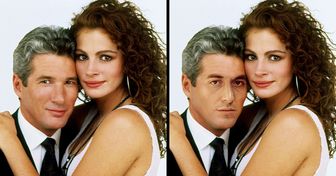
A Girl Born Without Nose, Who Was Called “Voldemort”, Proved Everyone Is Beautiful in Their Own Way
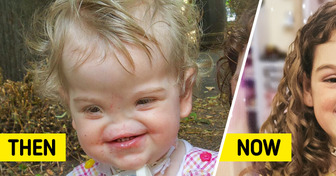
My Ex Put His New Family Over Our Son, So I Served Him the Sweetest Revenge
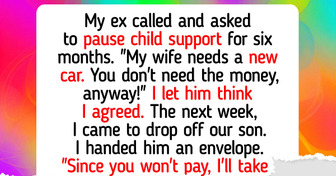
18 Stories That Prove a Cleaner’s Job Is About More Than Just Dusting

I Absolutely Refuse to Tolerate My DIL’s Laziness, My Son Deserves a Wife, Not a Freeloader

15 Fitting Room Stories That Can Make You See Shopping in a Whole New Light
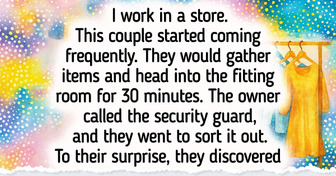
My Husband Made Me Care for His Sick Mother, So I Served a Payback He Won’t Forget

10 Parents Whose Quiet Kindness Spoke Louder Than Words
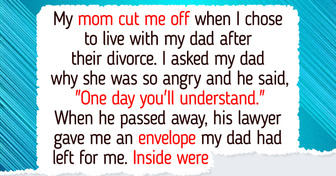
I Refuse to Let My Father’s Secret Love Child Steal My Inheritance

I Refuse to Let the Former Owner Get Married in My Backyard—My Kindness Stops Here
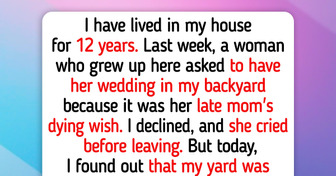
I Was Excluded From a “Family” Dinner—My Revenge Taught My DIL a Lesson
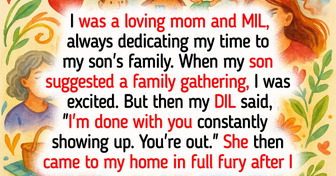
11 True Stories That Prove Real Life Doesn’t Need a Screenplay
